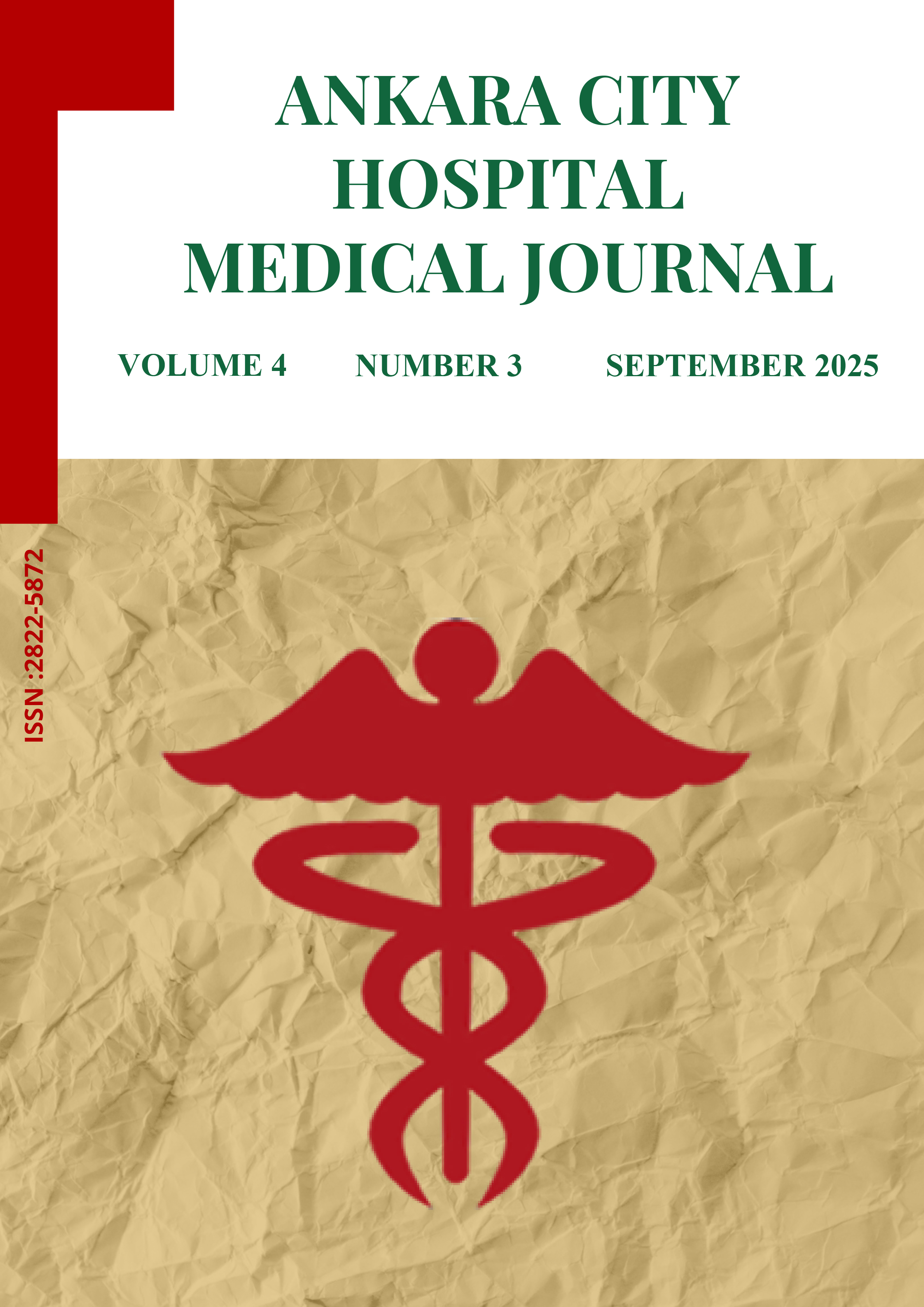
Genetic Ethiology, Associated Anomalies in Fetal Aberrant Right Subclavian Artery: A Retrospective Cohort Study in a Tertiary Hospital
Bedri Sakcak1, Ramazan Denizli1, Nihat Farisoğulları1, Zahid Agaoglu1, Ozgur Kara1, Atakan Tanacan2, Dilek Sahin21Department of Obstetrics and Gynecology, Division of Perinatology, Turkish Ministry of Health Ankara Bilkent City Hospital, Ankara, Turkey2University of Health Sciences, Department of Obstetrics and Gynecology, Division of Perinatology, Turkish Ministry of Health Ankara Bilkent City Hospital, Ankara, Turkey
INTRODUCTION: This study aimed to determine the prevalence of chromosomal anomalies in fetuses with isolated and non-isolated aberrant right subclavian artery (ARSA) and to evaluate its association with other congenital anomalies.
METHODS: From 1 June 2021 to 1 June 2023, 47 ARSA cases were diagnosed by prenatal ultrasound in our hospital. The fetuses were divided into isolated ARSA group and non-isolated ARSA group. Among the 47 fetuses, 15 were characterized in the isolated group and 32 with combined other ultrasonic abnormalities in the non-isolated group. General information, ultrasound presentation, chromosomal findings, and birth and pregnancy outcomes were reviewed retrospectively.
RESULTS: In the non-isolated ARSA group, 17 cases (53,1%, 17/32) were associated with congenital heart defects, and 8 cases (25 %, 8/32) were associated with extracardiac abnormalities. Chromosome karyotype analysis was performed successfully with all 23 samples, and a total of 8 abnormalities (17 %, 8/47) were detected, including 7 cases of trisomy 21, and 1 case of trisomy 18. Single-nucleotide polymorphism array was performed in these 5 cases. Microdeletion was detected in four cases, but one of the arrays was reported normal. Using SNP-array and karyotype analysis in fetuses with ARSA, the total chromosomal anomaly detection rate was found 25.5 % (12/47).
DISCUSSION AND CONCLUSION: The most common malformation accompanying ARSA is cardiac abnormality. Isolated ARSA has a low risk of chromosomal abnormalities, so invasive chromosomal testing is not recommended. Non-isolated ARSA has a high incidence of chromosomal abnormalities, so early karyotyping should be recommended.
Keywords: Aberrant right subclavian artery, congenital anomalies, fetal, genetic ethiology, ultrasound.
Manuscript Language: English
(1030 downloaded)









